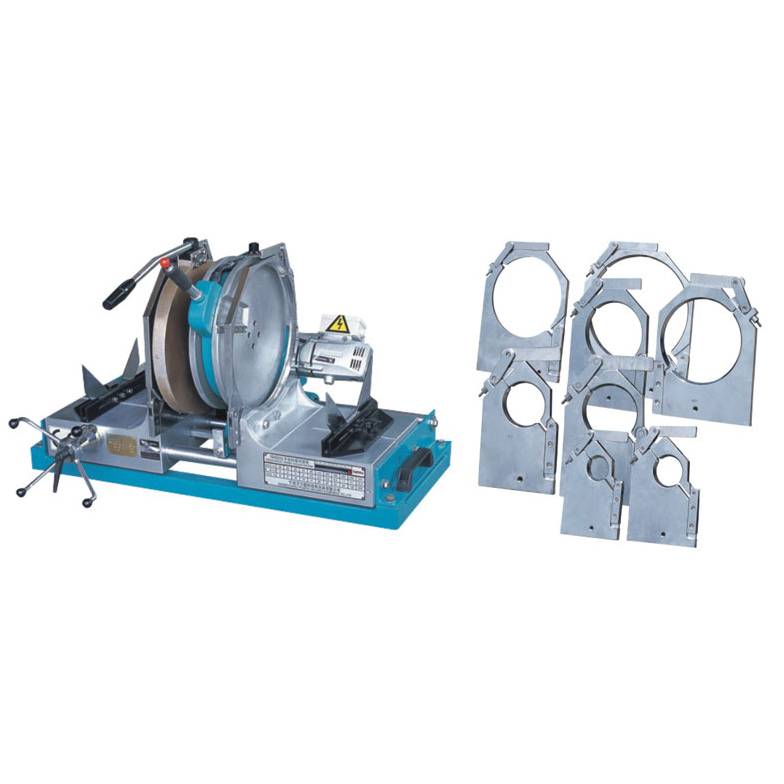Common types of auxiliary supporting equipment
2023-12-02
Auxiliary supporting equipment in the context of manufacturing or industrial processes refers to additional machinery or tools that support the main production equipment, enhance efficiency, or provide specific functions in a production line. The exact nature of auxiliary supporting equipment can vary widely depending on the industry and the specific manufacturing process. Here are some common types of auxiliary supporting equipment:
1. Material Handling Equipment:
- Forklifts, conveyors, pallet jacks, and other material handling equipment assist in the movement, storage, and transportation of raw materials, components, and finished products within a manufacturing facility.
2. Drying Equipment:
- Industrial dryers and ovens are used to remove moisture from materials or products, a crucial step in various manufacturing processes such as food processing, pharmaceuticals, and textiles.
3. Cooling Systems:
- Cooling towers, chillers, and other cooling systems are employed to control the temperature of equipment, products, or fluids in industrial processes, preventing overheating and ensuring optimal conditions.
4. Air Compressors:
- Air compressors provide compressed air for various applications, including powering pneumatic tools, controlling machinery, and facilitating certain manufacturing processes.
5. Dust Collection Systems:
- In industries where dust or particulate matter is generated, dust collection systems help maintain air quality by capturing and filtering airborne particles, promoting a safer and cleaner working environment.
6. Power Generators:
- Backup power generators ensure a continuous power supply in the event of a main power failure, reducing downtime and preventing disruptions to the manufacturing process.
7. Auxiliary Cooling Equipment:
- Additional cooling equipment, such as heat exchangers or supplementary cooling units, can be used to maintain temperature control in specific processes or equipment.
8. Auxiliary Heating Equipment:
- Supplementary heating systems may be employed to provide additional warmth in specific manufacturing processes or to maintain optimal temperatures in certain environments.
9. Quality Control and Inspection Equipment:
- Inspection tools, gauges, sensors, and testing equipment are used for quality control purposes to ensure that products meet specified standards and criteria.
10. Robotic Systems:
- Robotic arms and automation systems can assist in various manufacturing tasks, including material handling, assembly, welding, and packaging, improving efficiency and precision.
11. Tooling and Fixturing:
- Specialized tools, jigs, and fixtures are considered auxiliary supporting equipment, aiding in the proper alignment, holding, and processing of materials during manufacturing.
12. Safety Equipment:
- Safety devices such as guards, barriers, emergency stop systems, and personal protective equipment contribute to creating a safe working environment for operators and personnel.
The selection of auxiliary supporting equipment depends on the specific needs of the manufacturing process and the industry. These tools and systems play a crucial role in optimizing production efficiency, ensuring product quality, and maintaining a safe and controlled work environment.



